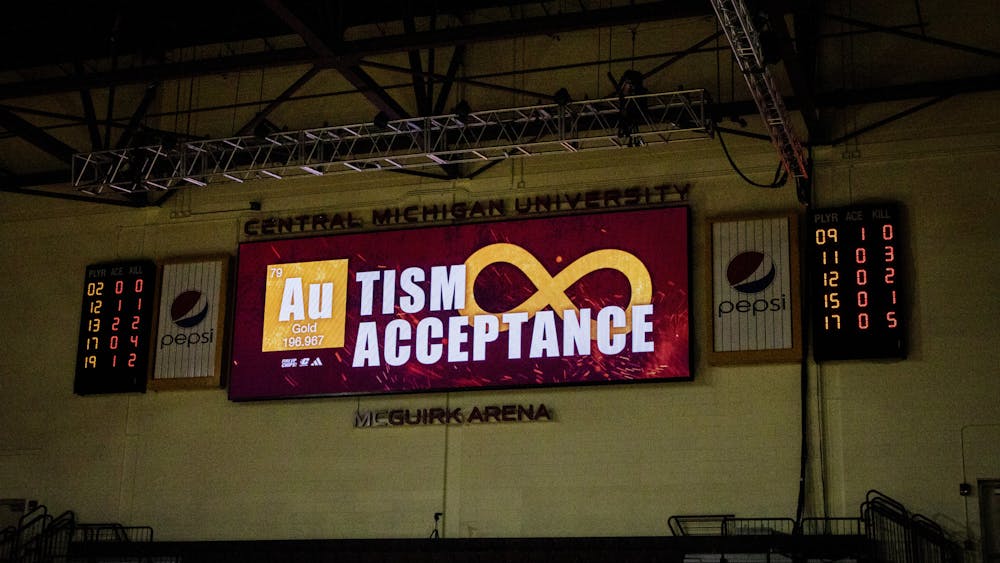LETTER: Food allergies are not talked about enough on college campuses, but need to be
TO THE EDITOR:
A few weeks ago, the parents of a former Central Michigan University student with a severe peanut allergy spoke out about an incident that allegedly took place in the fall.
The student had a near-fatal reaction after another student allegedly smeared peanut butter on his face at an off-campus location.
This incident highlights the need for more awareness of food allergies on college campuses.
Last fall, a study was presented at the American College of Allergy, Asthma and Immunology Conference, which found that most colleges do not have plans in place to support students with life-threatening food allergies outside the dining hall.
Former student allegedly hazed by "underground fraternity"
The attorney for a former Central Michigan University student filed a complaint with the Mount Pleasant Police Department alleging he was hazed by an unaffiliated fraternity in October 2016.
In other words, coaches, professors and peers don’t have the information they need to help safeguard students against exposure to allergens.
That leaves students vulnerable.
As a faculty member and the parent of a child with food allergies, I know information and education is needed.
Since my son is only five years old, I carry his EpiPen, read all of his food labels before he eats anything, plan ahead for social events involving food and communicate with his teachers. But college is a time of transition when young people become responsible for managing their allergies without mom and dad.
That puts the burden on young adults with food allergies to communicate with other students, staff and faculty. Teenagers and young adults with food allergies are at the highest risk for life-threatening reactions.
What do you need to know about food allergies?
Eight different types of food account for the majority of food reactions: peanuts, tree nuts, milk, eggs, wheat, soy, fish and shellfish. The number of Americans with food allergies is on the rise. According to the Centers for Disease Control and Prevention in 2013, food allergies among children increased approximately 50 percent between 1997 and 2011.
The Asthma and Allergy Foundation of America reports that 1 in 13 children has food allergies, and 1 in 50 Americans is at risk for anaphylaxis — a severe allergic reaction that can be life-threatening. Every three minutes, a food-based allergic reaction sends someone to the hospital, and more than 300,000 children under the age 18 are sent to emergency rooms each year for food allergies.
In another sobering statistic, Food Allergy Research and Education, reports that one-third of children with food allergies report being bullied because of their medical condition and allergies.
Even if you are not affected by food allergies, you likely know someone who is. You may meet people when you host or attend social events, wait tables at restaurants, coach youth sports or go into the teaching profession. Even a small amount of cross-contamination can be life-threatening for people with food allergies.
Let us use this incident to raise awareness here at CMU and take steps to keep each other safe.
Tara McCarthy
History Department faculty








